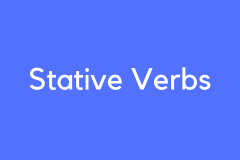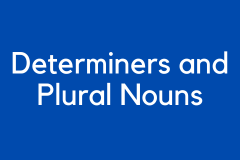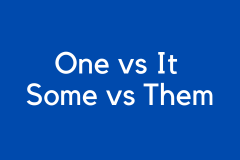Stative Verbs
Learn how to use the stative verbs in English.
Can you answer these grammar questions correctly?
Stative Verbs
Point 1: Stative verbs describe feelings, senses, and opinions. They are followed by adjectives, not objects.
- The party sounds fun.
- This soup smells delicious.
- This test sounds hard.
- This pasta tastes great!
- She feels sad today!
Point 2: Stative verbs often use the five senses: sound, sight, touch, taste, and smell.
- That sounds difficult.
- This book looks interesting.
- He feels better now.
- This pizza tastes terrible.
- This milk smells old.
Point 3: Stative verbs are different from action verbs. Stative verbs use adjectives after the verb. Action verbs use nouns or pronouns after the verb.
- (A) Can you make vegetable curry? (Action verb)
- (B) No, it looks difficult. (Stative verb)
- (B) But I eat it all the time. (Action verb)
- (A) Yeah, it smells and tastes great. (Stative verbs)
- (A) I can teach you how to make it. (Action verb)
- (B) Awesome! That sounds fun! (Stative verb)
Point 4: Stative verbs like looks and sounds can show a future guess or prediction about something.
- This test sounds hard. (I think it will be hard.)
- The movie sounds interesting. (I think it will be interesting.)
- This soup looks good. (I think it will taste good.)
Point 5: Stative verbs can often be replaced with the verb be and the sentence still makes sense.
- This record sounds old. → This record is old.
- I feel sick. → I am sick.
- This soup tastes delicious. → This soup is delicious.










